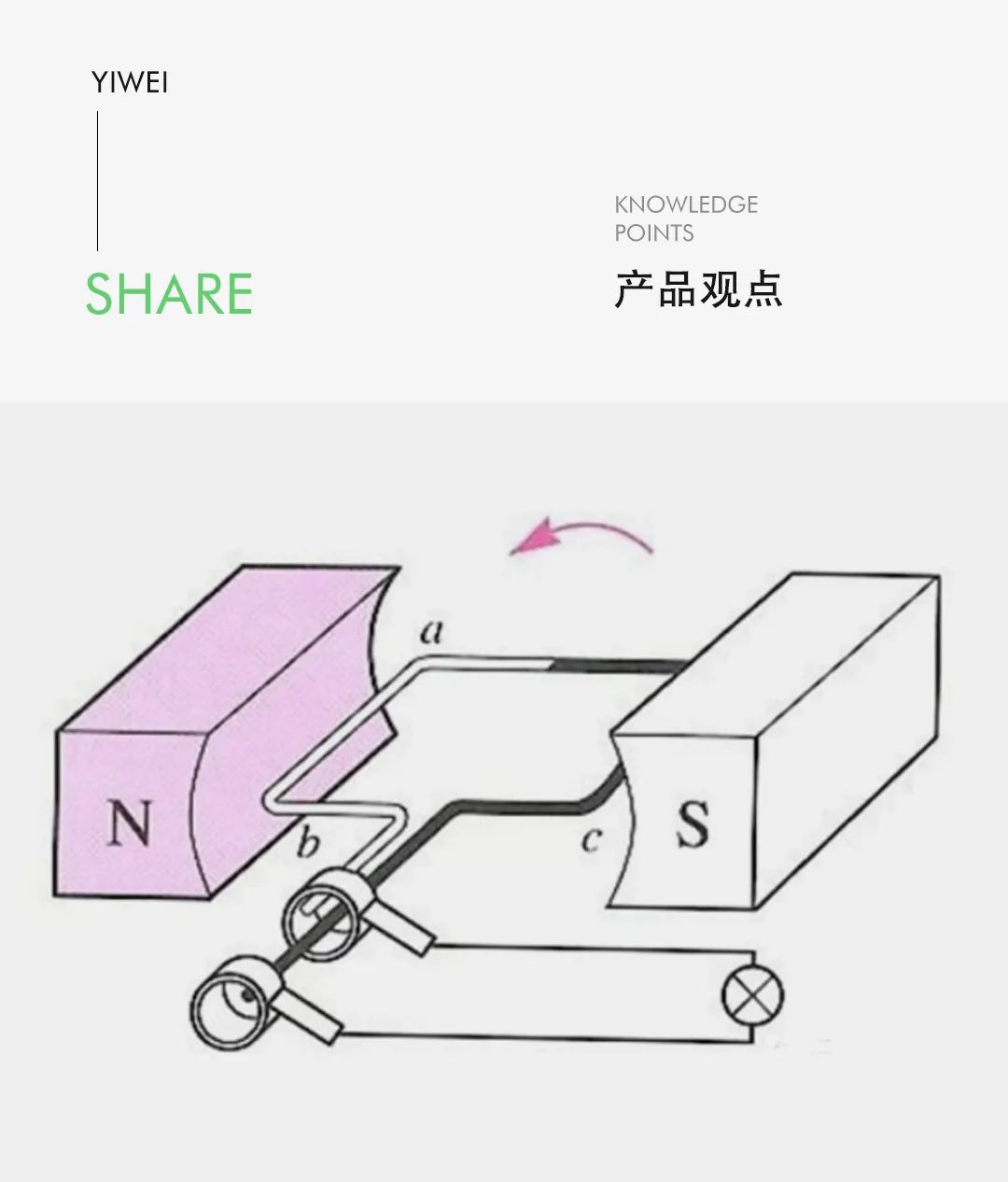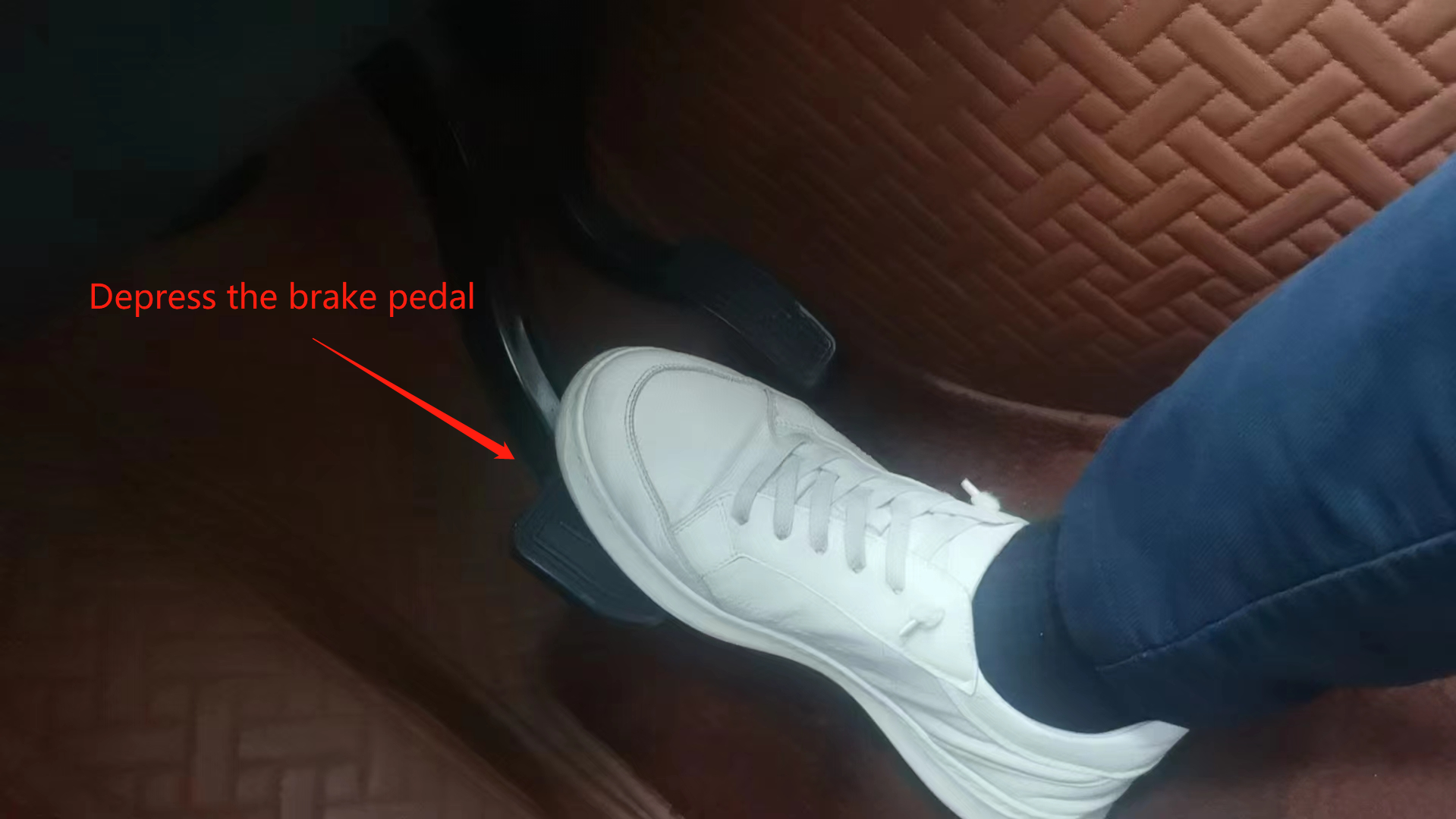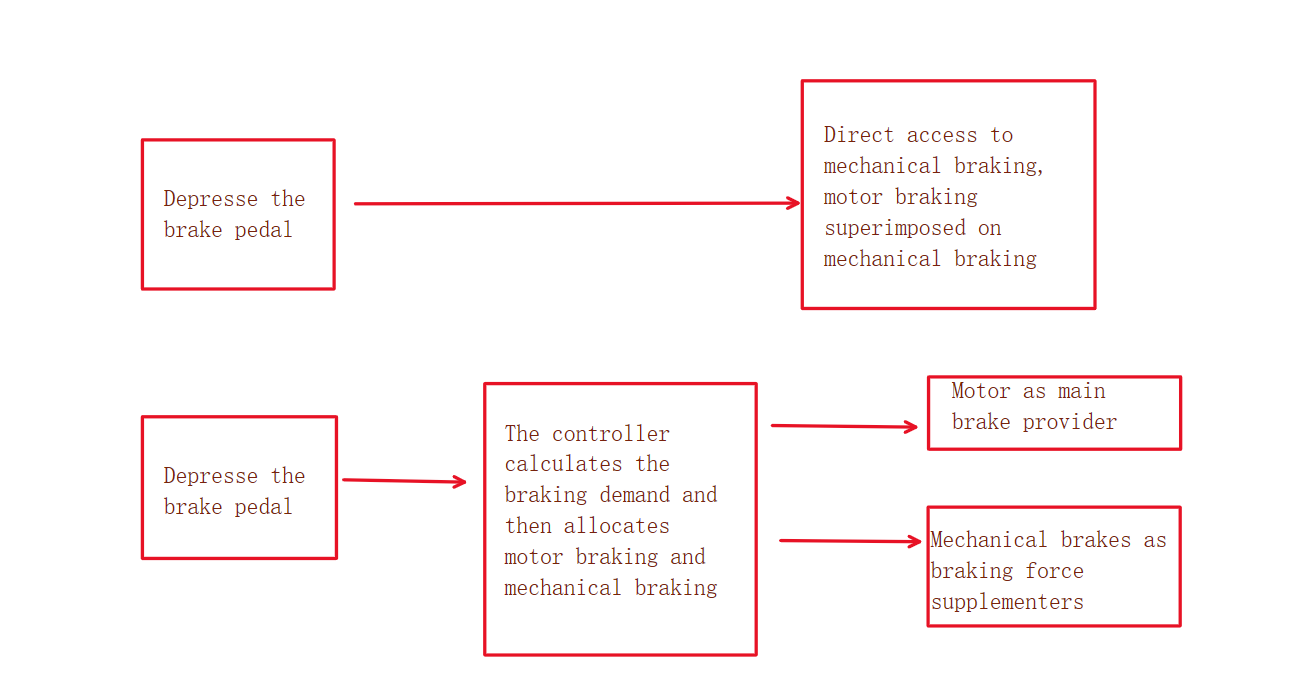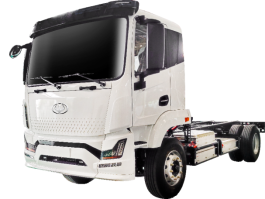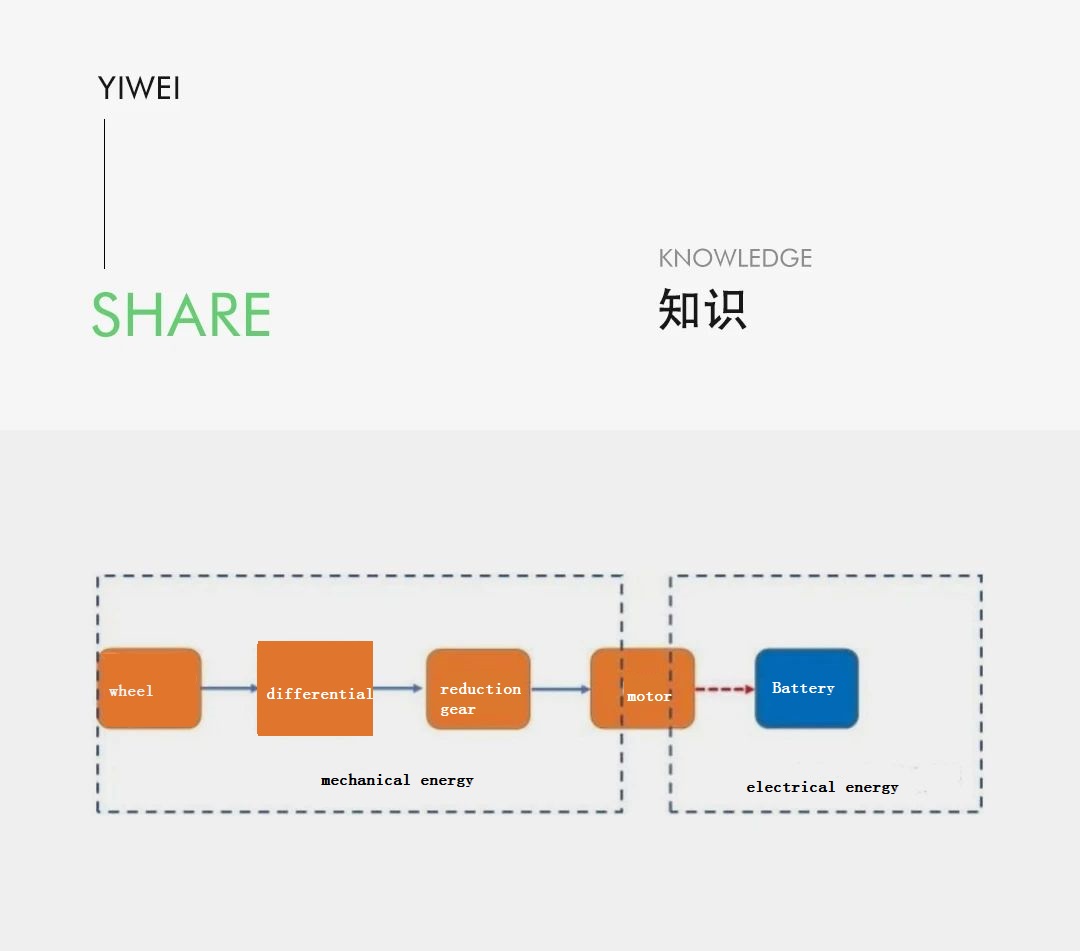Energy recovery of new energy commercial vehicles refers to the conversion of the kinetic energy of the vehicle during deceleration into electrical energy, which is then stored in the power battery instead of being wasted through friction. This undoubtedly increases the battery’s charge.
01 Implementation of energy recovery
When an AC current is applied to a coil in a magnetic field, the coil will rotate in the magnetic field (electromagnetic induction). A coil rotating in a magnetic field will have a reverse current passing through it and will also generate a reverse force to prevent the coil from rotating (electromagnetic braking), as described in Faraday’s law and Lenz’s law. This is the most basic principle of an electric motor. New energy vehicles use this principle during deceleration to convert the vehicle’s kinetic energy into electrical energy through the motor for recovery.
During braking, the motor cuts the magnetic flux lines to generate current, which is then rectified by the MCU (motor controller) and the energy generated by the braking is recovered and stored in the power battery.
02 Two modes of energy recovery
There are mainly two modes of energy recovery for new energy commercial vehicles: braking recovery and coasting recovery.
Braking energy recovery: When the driver presses the brake pedal
Coasting energy recovery: When both the accelerator and brake pedals are released, the vehicle coasts, and energy is recovered through coasting.
Now let’s focus on the braking energy recovery mode:
Braking energy recovery mode
Currently, there are two ways to achieve braking energy recovery for the motor: regenerative braking and cooperative regenerative braking. The biggest difference between the two is whether the brake pedal is decoupled from the braking actuator.
Factors affecting energy recovery
-
Efficiency of each component (efficiency of the reducer, differential, and motor)
-
Vehicle resistance: Under the same conditions, the smaller the vehicle resistance, the more energy is recovered.
-
Battery recovery capability: The battery charging power needs to be greater than the motor recovery capability, otherwise, the motor recovery power will be limited, reducing the energy recovery efficiency. Additionally, the SOC (State of Charge) of the battery also affects the energy recovery efficiency. Some power battery manufacturers prohibit energy recovery when the SOC is set at 95-98%.
Through reasonable matching and unique energy recovery strategies, the research and development team of the company has achieved an energy recovery efficiency of over 40%.
The energy flow during the entire energy recovery process is shown in the figure below, and the mechanical energy is converted into electrical energy and stored in the battery through the motor:
Tips for using energy recovery to save energy
-
Use coasting energy recovery as much as possible. When the deceleration achieved by coasting energy recovery cannot meet the deceleration requirement, then use braking energy recovery.
-
Predict road conditions in advance and gently press the brake pedal to allow energy recovery to intervene as early as possible.
Contact us:
yanjing@1vtruck.com +(86)13921093681
duanqianyun@1vtruck.com +(86)13060058315
liyan@1vtruck.com +(86)18200390258
Post time: Jun-19-2023





